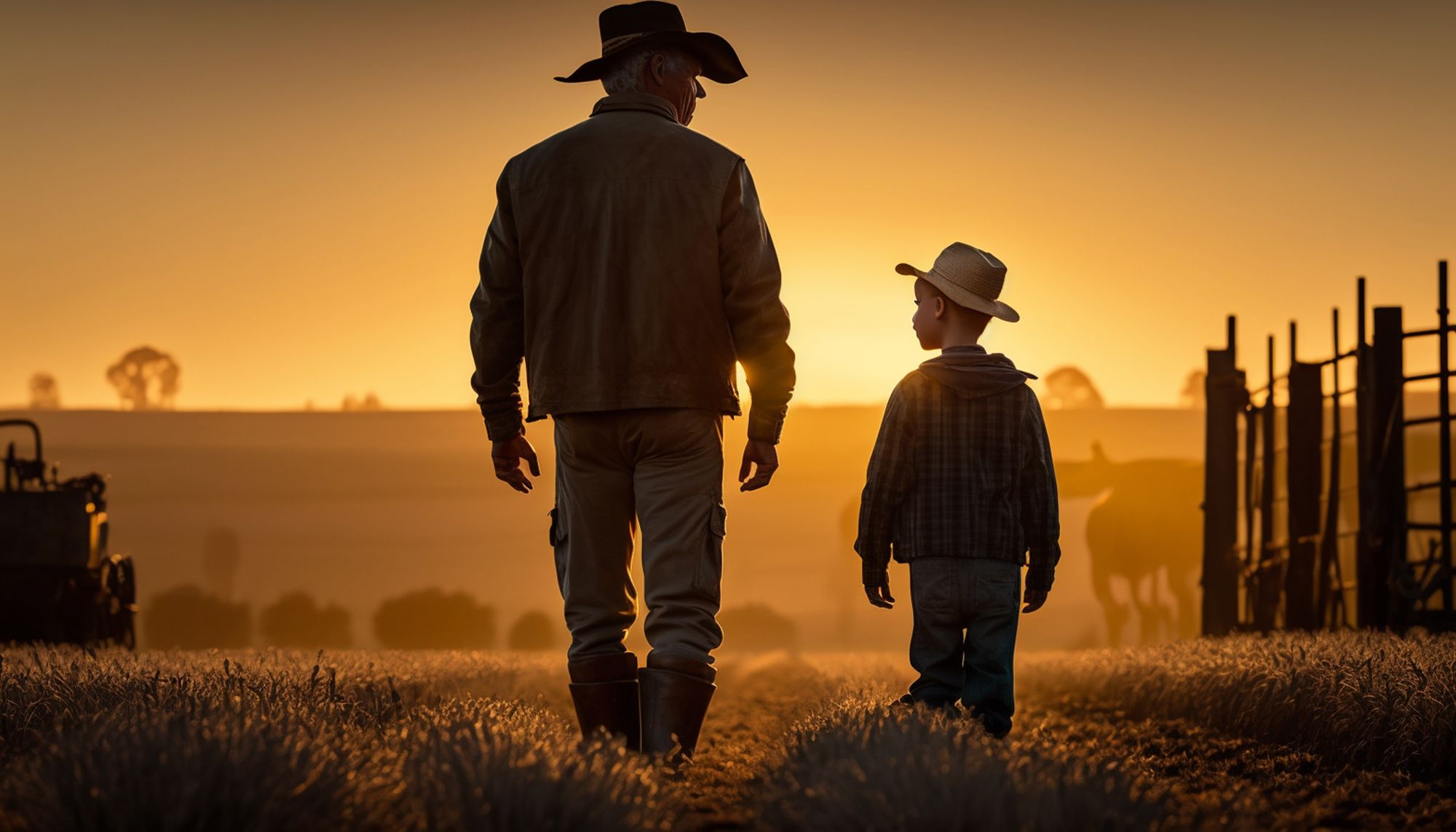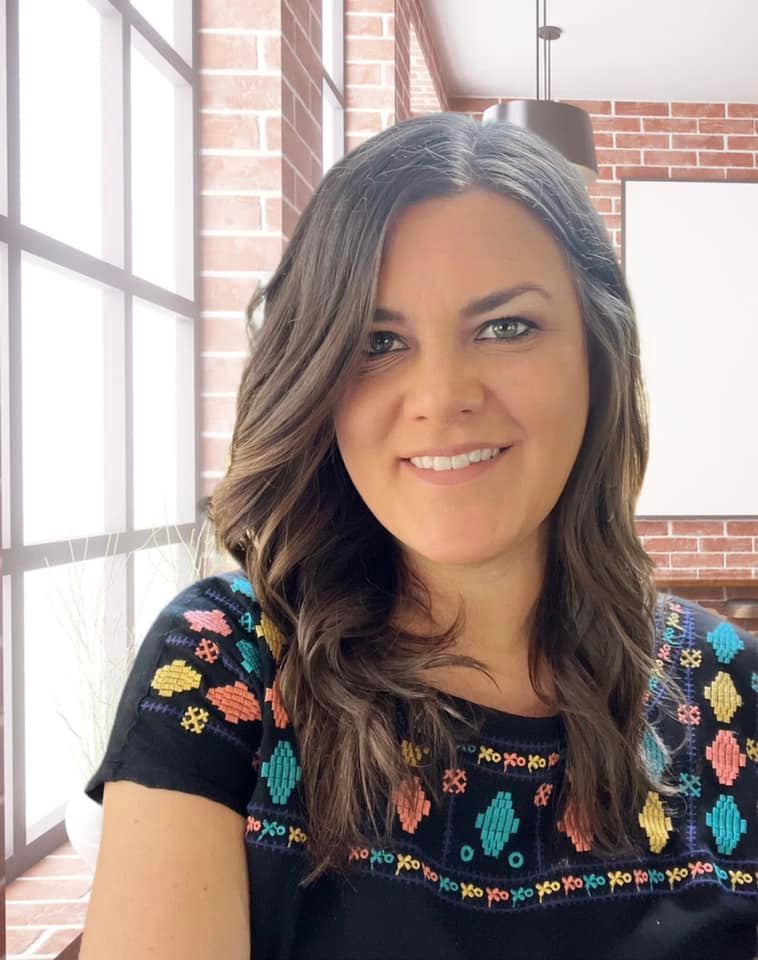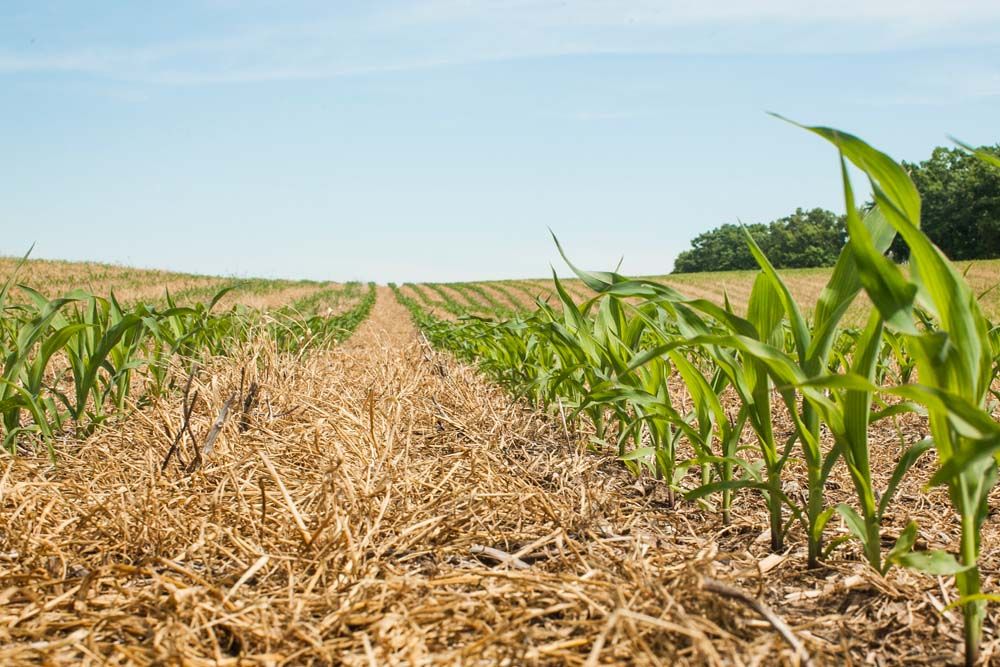Technical Education and Agriculture
Expose your kids to hands-on ag skills


By Michelle Miller, The Farm Babe
August 18, 2023
On a bright sunny day, you may try to capture the beauty of the clouds in the sky with your camera, but if it is overly bright you lose all the details of the sky and the impression would be lost. Achieving a perfect exposure enables capturing the details in both highlights and shadows.
Similarly in the realm of education, exposure plays a crucial role in shaping the future workforce. People often pursue careers that they are exposed to.
These experiences reflect the significance of exposure and how it relates to Career and Technical Education in the United States.
A hands-off education
As workforce shortages impact various industries, the demand for trades, agriculture, and manual labor is clearly on the rise. Unfortunately, limited access and exposure to these fields have become contributing factors to the shortage.
Many schools have either restricted or completely omitted Career and Technical Education (CTE) courses.
Furthermore, staffing these programs has become increasingly challenging, as mandatory classes often take priority over career-building coursework.
This series of unfortunate events in the education system continues to hinder the future workforce. As the famous saying goes, "love what you do, and you will never work a day in your life."
It is crucial for students to explore different career paths and discover what they truly enjoy.
Dr. Temple Grandin, an expert and advocate for agriculture and autism, emphasizes the importance of exposure in personal growth, stating that "the most important thing people did for me was to expose me to new things."
We see that omitting these courses from public education not only impacts the workforce but a learner’s experience. Visual learners who often struggle with math and other core subjects tend to exceed in hands on learning. Without access to learn a variety of technical skills, these students could graduate with little career direction.
Hands-on exposure
So how do we expand exposure opportunities with future career opportunities? Exposure can be delivered many different ways, but currently, numerous school systems lack access to comprehensive CTE programs.
While the classroom remains crucial, community programs such as 4-H have emerged as vital educational opportunities. These programs provide hands-on experiences and opportunities for students to explore trades and agriculture outside of the traditional educational setting.
By promoting exposure to a wide range of career paths, students can gain valuable insights into their own interests and strengths.
This exposure empowers them to make informed decisions about their future and pursue careers that align with their passions.
Furthermore, it nurtures a diverse and skilled workforce, addressing the shortages faced by industries that rely on trades and manual labor.
Creating an education system that prioritizes exposure requires collaboration between schools, community organizations, and industry leaders. By leveraging their resources, expertise, and networks, these stakeholders can develop robust and inclusive programs where students may be exposed to broader career opportunities.
Exposure creates change
These changes begin at a local level. Just as adjusting the camera exposure can capture the intricate details of a photograph, providing adequate exposure in the education system is crucial for nurturing the next generation workforce.
By expanding access to CTE courses, supporting community programs, and encouraging exploration, we can empower students to discover their passions and contribute to industries facing workforce shortages.
A brighter future can be achieved by giving students the exposure they need to succeed—through agriculture and beyond to other fields.

About the author
When not tending to her own 17-acre farm, Michelle Miller aka The Farm Babe is a writer, public speaker, and social media influencer on food and modern agriculture. Learn more about her at thefarmbabe.com.
Tags:The Farm Babe

Acreage Life is part of the Catalyst Communications Network publication family.
















